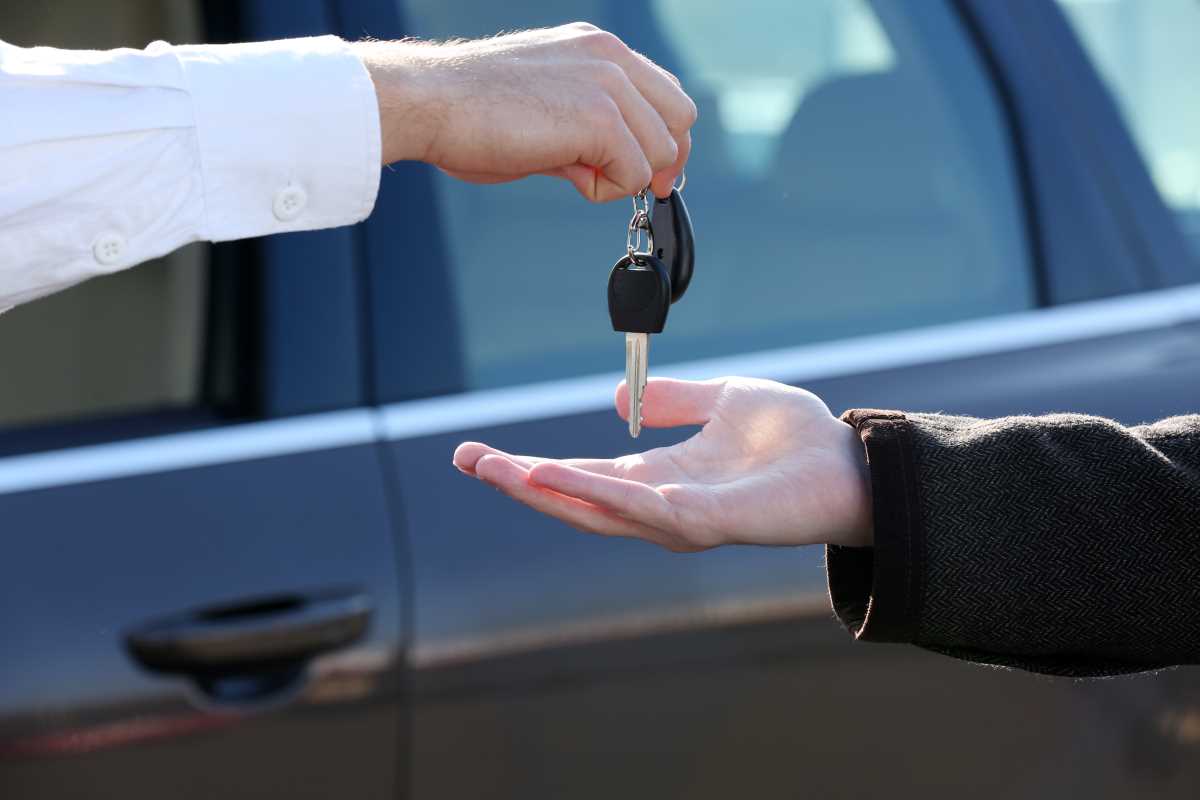Traditional car insurance has always followed a simple model: you pay a fixed premium every six or twelve months, regardless of whether your car sits in the garage or you drive it across the country. For people who don't drive very often, this can feel like paying for a buffet when you only want a small salad. But what if your insurance bill could reflect how much you actually use your car? That’s the idea behind pay-per-mile insurance. It's a type of usage-based coverage that is shaking up the industry by giving low-mileage drivers a way to take direct control over their costs. This guide will dive into how these plans work, who can benefit the most, and what you need to know to see if pay-per-mile is the right fit for your lifestyle and your wallet.
How Pay-Per-Mile Insurance Works
The concept behind pay-per-mile insurance is refreshingly simple. Instead of a single fixed premium, your bill is broken into two parts: a low daily or monthly base rate, plus a per-mile rate. The base rate is calculated similarly to traditional insurance, considering factors such as your driving record, car type, and location. This rate covers your car while it's parked, protecting it from things like theft, vandalism, or storm damage. The second part is a small charge, usually just a few cents, for each mile you drive. At the end of the month, your bill is the base rate plus the total of your miles driven multiplied by your per-mile rate. This structure directly links your cost to your car usage.
Who Saves the Most with This Model?
Pay-per-mile plans are a financial game-changer for anyone who doesn't rack up a lot of mileage. If you drive less than 10,000 miles a year, you are a prime candidate for significant savings. This includes a wide range of people. Remote workers who no longer have a daily commute can see their bills drop dramatically. Retirees who use their car primarily for local errands and appointments also benefit greatly. City dwellers who rely on public transportation but keep a car for occasional weekend trips are another perfect fit. Even families with a third "weekend" car that sits in the garage most of the time can save money by switching that vehicle to a pay-per-mile plan. The less you drive, the more you save.
How Your Miles Are Tracked
To make this system work, your insurance company needs an accurate way to measure how many miles you drive. There are a few common methods they use. The most frequent is a small telematics device that you plug into your car's OBD-II port, which is standard on most cars built since the mid-1990s. This device transmits your mileage data directly to the insurer. Another popular method is a smartphone app that uses your phone's GPS and sensors to track your trips. For newer vehicles with built-in connectivity, some insurers can pull the mileage data directly from the car's own systems, requiring no extra hardware. While privacy is a valid concern, these companies typically have strict policies stating they only use the data for billing and not for tracking your every move.
Is This Different From Other Telematics Programs?
It's important to distinguish pay-per-mile from other usage-based insurance programs you might have heard about. Traditional telematics programs offer a discount on a standard policy by monitoring your driving behaviors, like speed, braking, and time of day. Your rate is still mostly fixed. Pay-per-mile is different because your entire bill is fundamentally structured around the number of miles you drive, not how you drive them. While some pay-per-mile providers might also offer a small discount for safe driving habits, the primary factor determining your cost is always distance.
Handling Road Trips and Coverage Options
A common question is what happens if you take a long road trip. Will you get hit with a massive bill? Most pay-per-mile companies have a daily mileage cap to prevent this. For example, they might only charge you for the first 150 or 250 miles you drive in a single day. Any miles driven beyond that cap on that day are free. This gives you the freedom to take occasional long trips without blowing up your budget. As for coverage, these are not bare-bones policies. You can get the same full range of coverage options as you would with a traditional insurer, including liability, collision, comprehensive, medical payments, and uninsured motorist protection. You can customize your limits and deductibles to fit your needs.
 (Image via
(Image via





